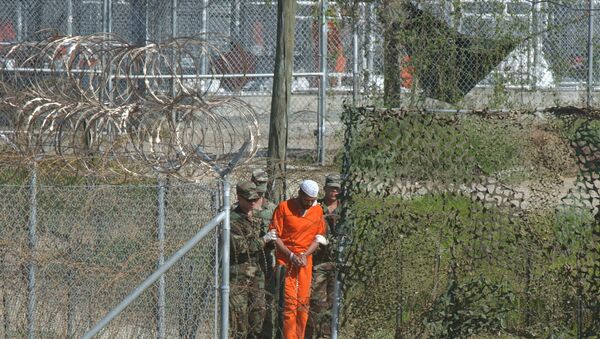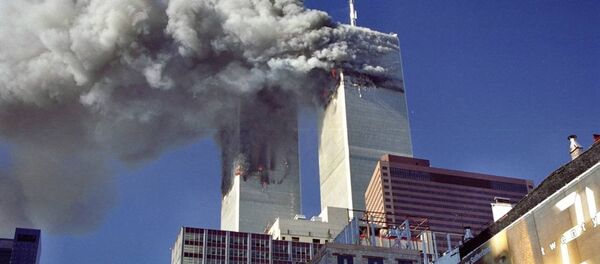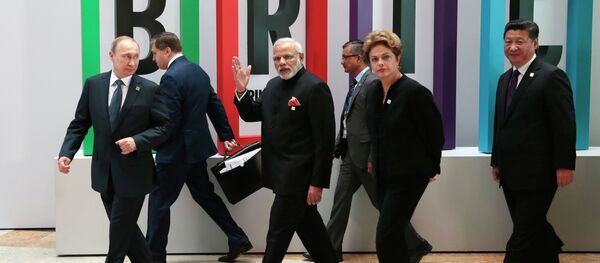On Wednesday, a federal judge criticized the Pentagon for concealing hundreds of Bush-era photos showing US military personnel torturing detainees in Iraq and Afghanistan. The White House has long worked to prevent the release of the torture photos, citing concerns that the inflammatory nature of the images may incite a threat to national security.
Alvin Hellerstein, the senior judge presiding over a transparency lawsuit regarding the torture photos, derided the Pentagon for failing to properly comply with an order he issued last year requiring a case-by-case ruling that the release of an estimated 1,800 photographs would endanger US troops.
"We don’t know the methodology, we don’t know what was reviewed, we don’t know the criteria, and we don’t know the numbers," stated Hellerstein to Justice Department lawyers during an hour-long hearing on Wednesday.
Tara Lamort, an attorney with the US Department of Justice, argued that a multilayered review of the photographs, conducted by military officers on the Pentagon’s joint staff, had determined that disclosing the vast majority of the material would provide violent extremist groups with propaganda useful for recruitment, potentially imperiling the lives of troops abroad.
Hellerstein, a President Bill Clinton appointee, has long tried to give Presidents Obama and Bush deference on maintaining the secrecy of potentially inflammatory images, but argued that there must be a proper process to come to such an opinion. He told LaMort that the process established by the Pentagon was "not enough" because it omitted the reasoning behind withholding specific images.
"My complaint is there are no articulations," said Hellerstein. "The government has not said why 'this particular' photo is dangerous."
The legal standard normally applied to releasing public documents is whether the content creates an imminent threat to national security or US troops abroad – a standard that contemplates preventing disclosure of troop locations.
The ACLU argues that these images present no immediate threat to the US, that material’s potential use as a recruiting tool for terrorists is speculative, and that the suppression of the torture photographs distorts the historical record about the extent of the US torture program.
The Department of Justice has successfully argued for a looser interpretation of imminent danger, by tacking on the consideration of national security, rather than the security of individual troops. Whereas imminence traditionally means an immediate threat, government lawyers argue that the court should weigh a threat as equal to the likelihood of harm.
Even under this standard, the government must not only argue that they considered these factors in determining that a document should not be released, but they must also document their reasoning – the point to which Judge Hellerstein took offense.
The current roadblock for the DOJ in masking the horrors of US torture comes only three months after the Pentagon released 198 photos displaying bruises, bandaged body parts and red skin markings on unidentified detainees. The ACLU, which has sought the release of all torture photographs since 2004, alleges that US Defense Secretary Ashton Carter only approved the most inoffensive photographs for release in hopes of ending the disclosure lawsuit.
It is not known whether the judge will now order the full release of all 1,800 photographs, now that the government has failed to properly comply with the court’s order. The judge could simply provide further guidance to the Pentagon, regarding disclosure protocol, leaving the pain wrongfully inflicted on hundreds of innocent detainees to go unseen behind a curtain of delays.





